Opened in January 2013, US Freedom Pavilion: The Boeing Center is dedicated to showcasing the mighty industrial effort and weapons of the American military in World War II. This pavilion and its exhibits were some of the most challenging we have done, with work progressing right up to opening day.
The pavilion stands as a 10-story high building, and its cavernous interior is dominated by six WWII bomber and fighter aircraft hanging from the ceiling. But the most breathtaking of these machines, to my mind, is the B-17E long-range bomber My Gal Sal. With a wingspan of 104 feet and the large tail fins that gave the plane its distinctive silhouette in the sky, My Gal Sal provides the observer – when standing close on the skywalks crisscrossing the pavilion (see top photo) -- an unforgettable impression of the power and strength of this machine. Boeing produced 12,731 B-17s during the war, and these aircraft were the workhorses of the bombing campaign over Europe. Ultimately, the B-17 represents the enormous price paid to break Hitler’s grasp on western Europe and bring the war directly to the German homeland. Over 26,000 airmen in the Eighth Air Force flying from Britain perished during the war.
Today, visitors to My Gal Sal often ask, “How did such an enormous aircraft finally find its home suspended in midair from the roof of the museum?”
The first time I laid eyes on the aircraft, it was in pieces.
Below is a series of photographs I took after My Gal Sal had been shipped from her hanger in Cincinnati, where restoration efforts had been ongoing, to the warehouse along the Mississippi River in New Orleans where she was being readied before final assembly in US Freedom Pavilion. In this first photo gallery, one can view (along with my colleague Paul Parrie, our Associate Vice President for Operations) the fuselage of My Gal Sal in three parts, the massive tail fin bearing the number 19032 on the warehouse floor, and three photos of the wings spread about the building.
Even in pieces, one amazing impression has never left me from that day, an impression that visitors today cannot experience or possibly even imagine since the plane is hanging in midair from the roof, is the incredibly tight interior of the aircraft. The B-17E was redesigned by Boeing to include a tail gunner position in the rear of the plane. The tail gunner entered the aircraft through an extremely narrow hatch in the rear fuselage, and then crawled into position past exposed wires in the rope-and-pulley systems the pilots used to manually move flaps on the wings.
In this second gallery of photos, one can see the back of the plane where the tail gunner was located, the narrow hatch through which he entered the plane, a shot of the interior of the aircraft looking down toward the tail gunner position in the rear of the plane, and finally two photographs that give one an idea of the relative comfort the nose gunner enjoyed in the front of the plane under the pilots.
My Gal Sal would complete the reassembly process on the floor of her new home. However, her journey back into the air was another great challenge to be overcome, and will be the subject of my next post.
Note: This is the first of two related post. Read part two here.

"No matter one’s age, travel is a unique and exciting educational experience. In my work, I have had the opportunity to reflect on history, events, and people in the places where they experienced life. Through the viewfinder, we can not only find history and perspective, but create memory, and evoke our evergreen past."
– Keith Huxen, PhD, Senior Director of Research and History, The National WWII Museum
Keith Huxen
Keith is the former Senior Director of Research and History in the Institute for the Study of War and Democracy at The National WWII Museum.
Cite this article:
MLA Citation:
APA Citation:
Chicago Style Citation:
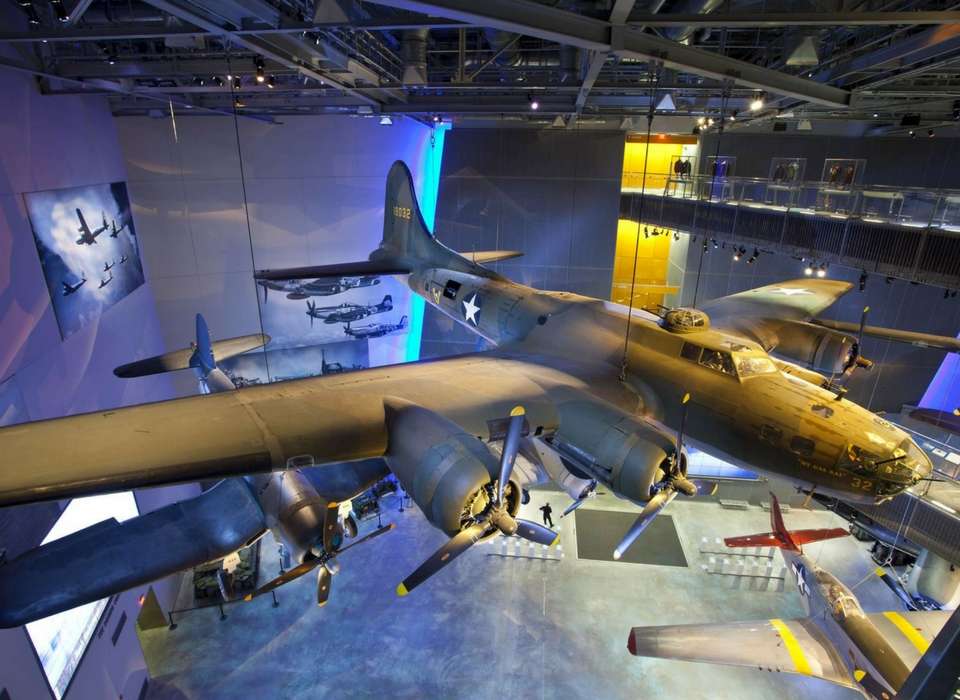
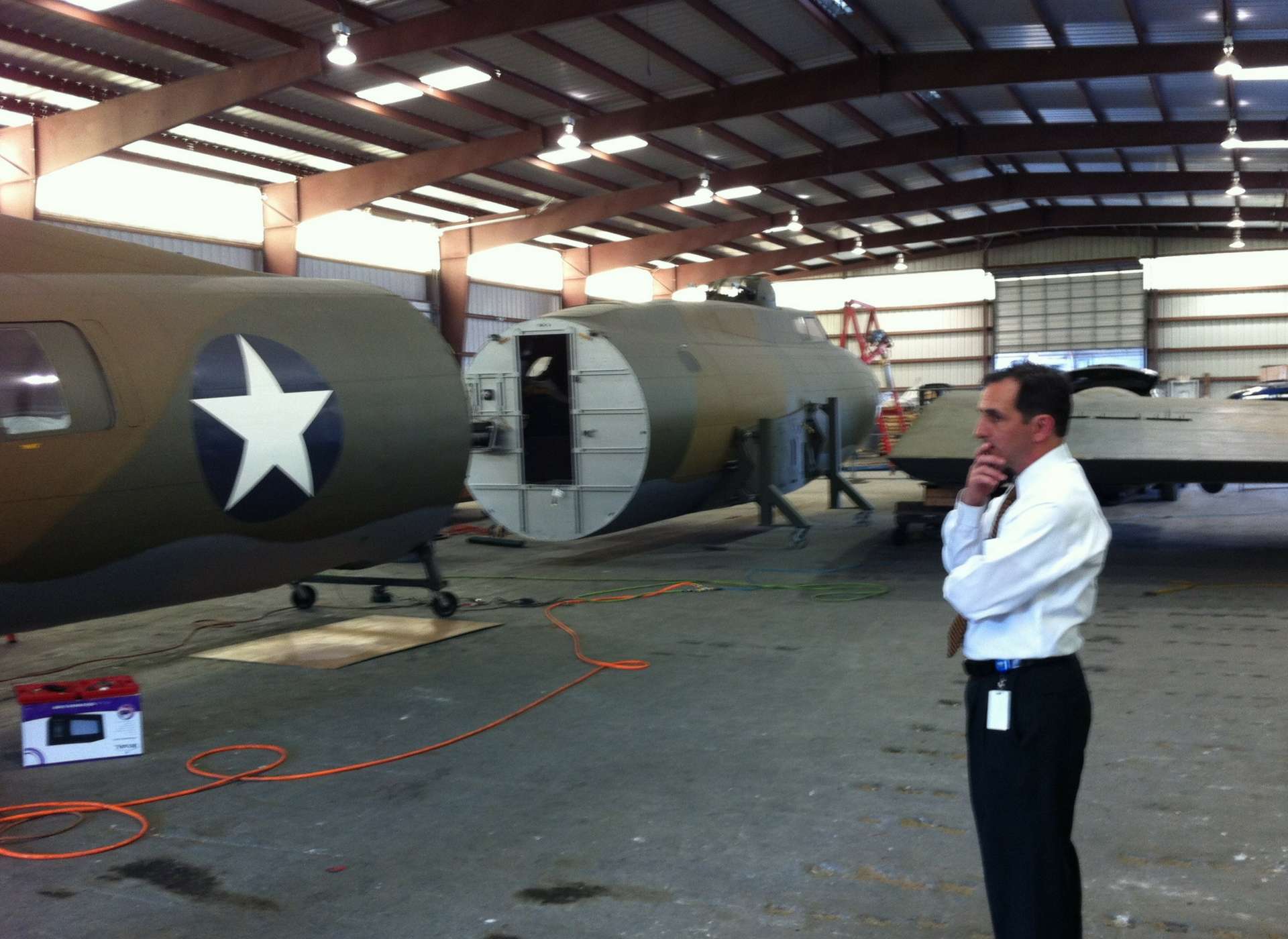
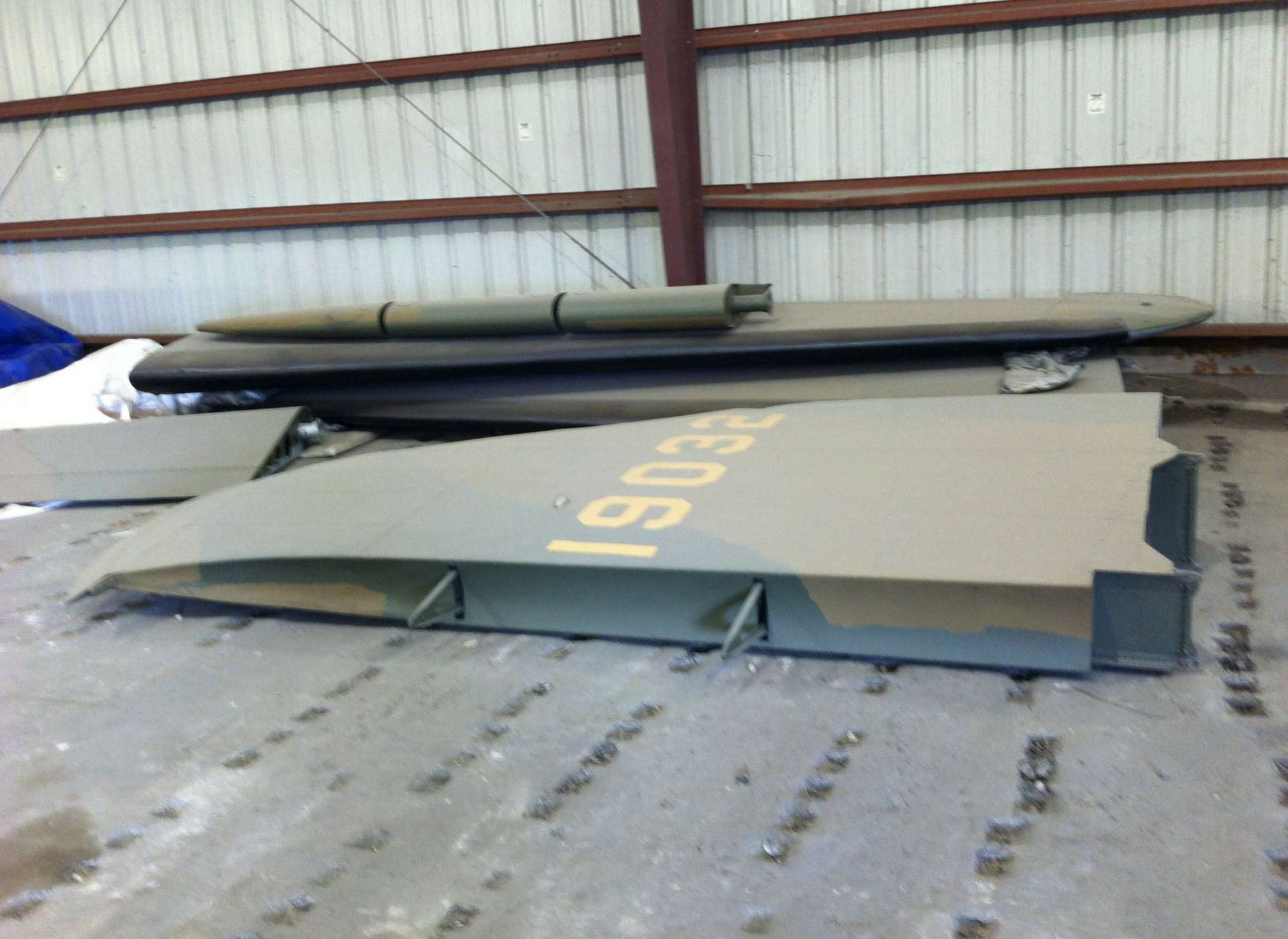
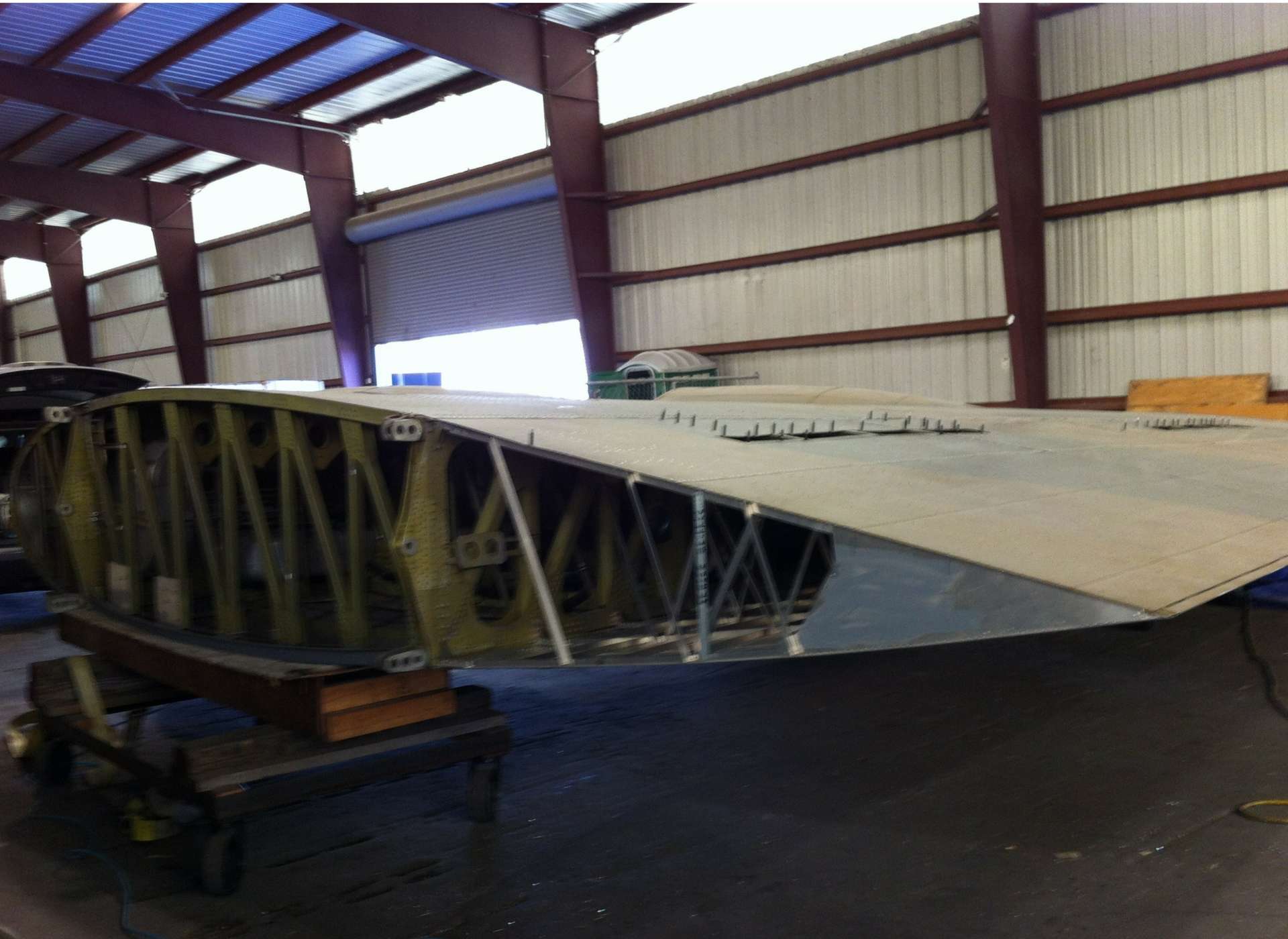
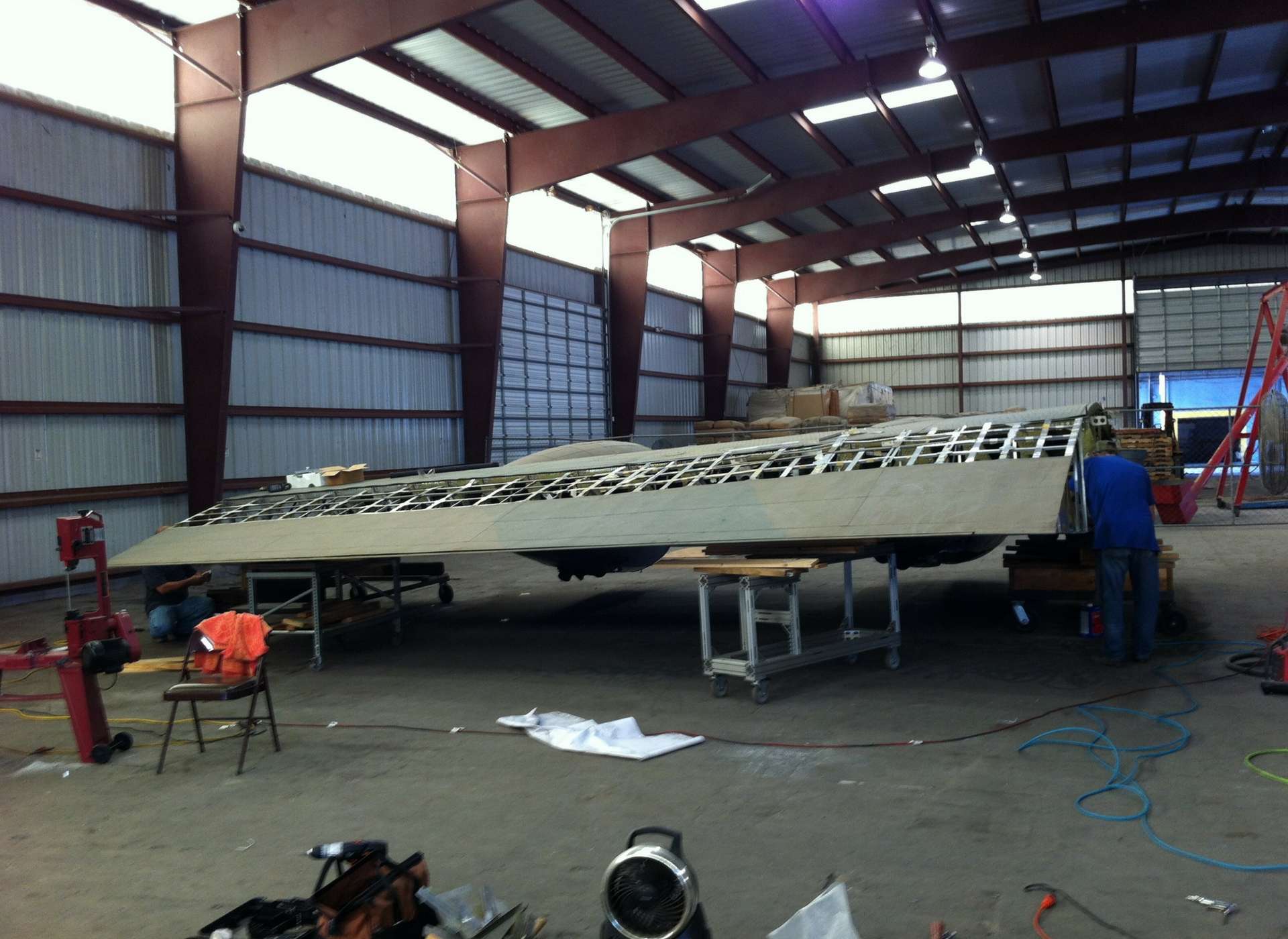
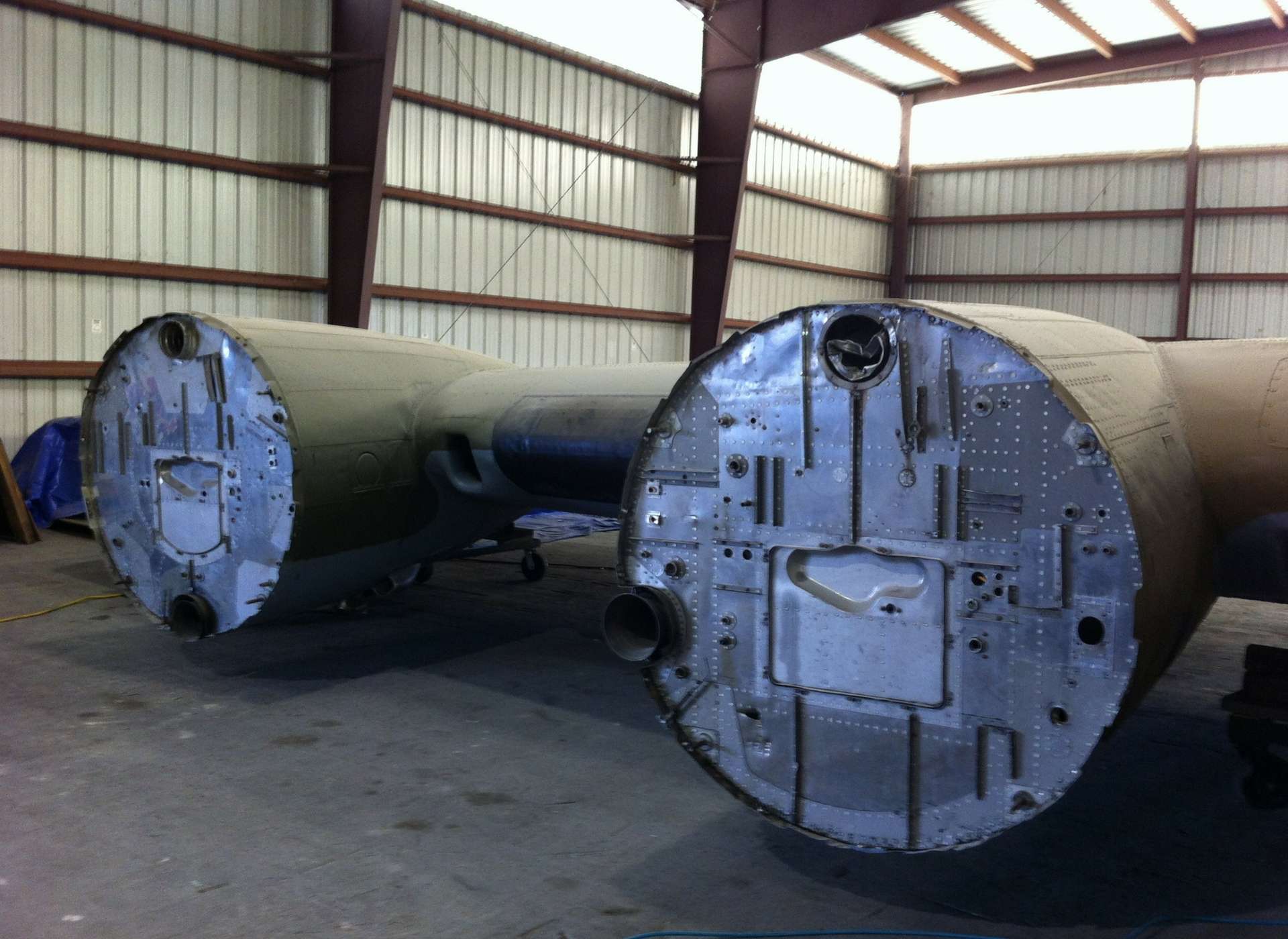
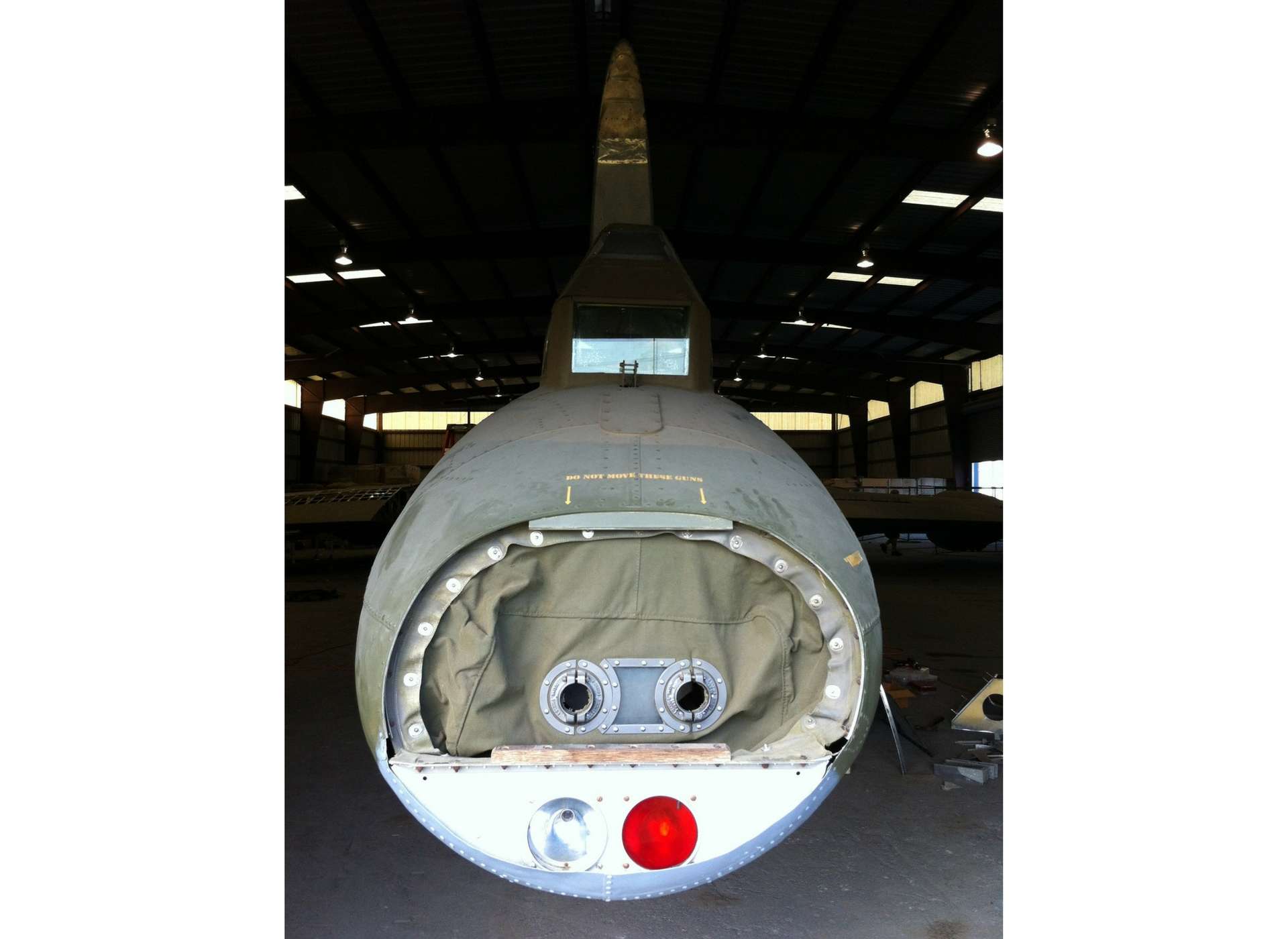
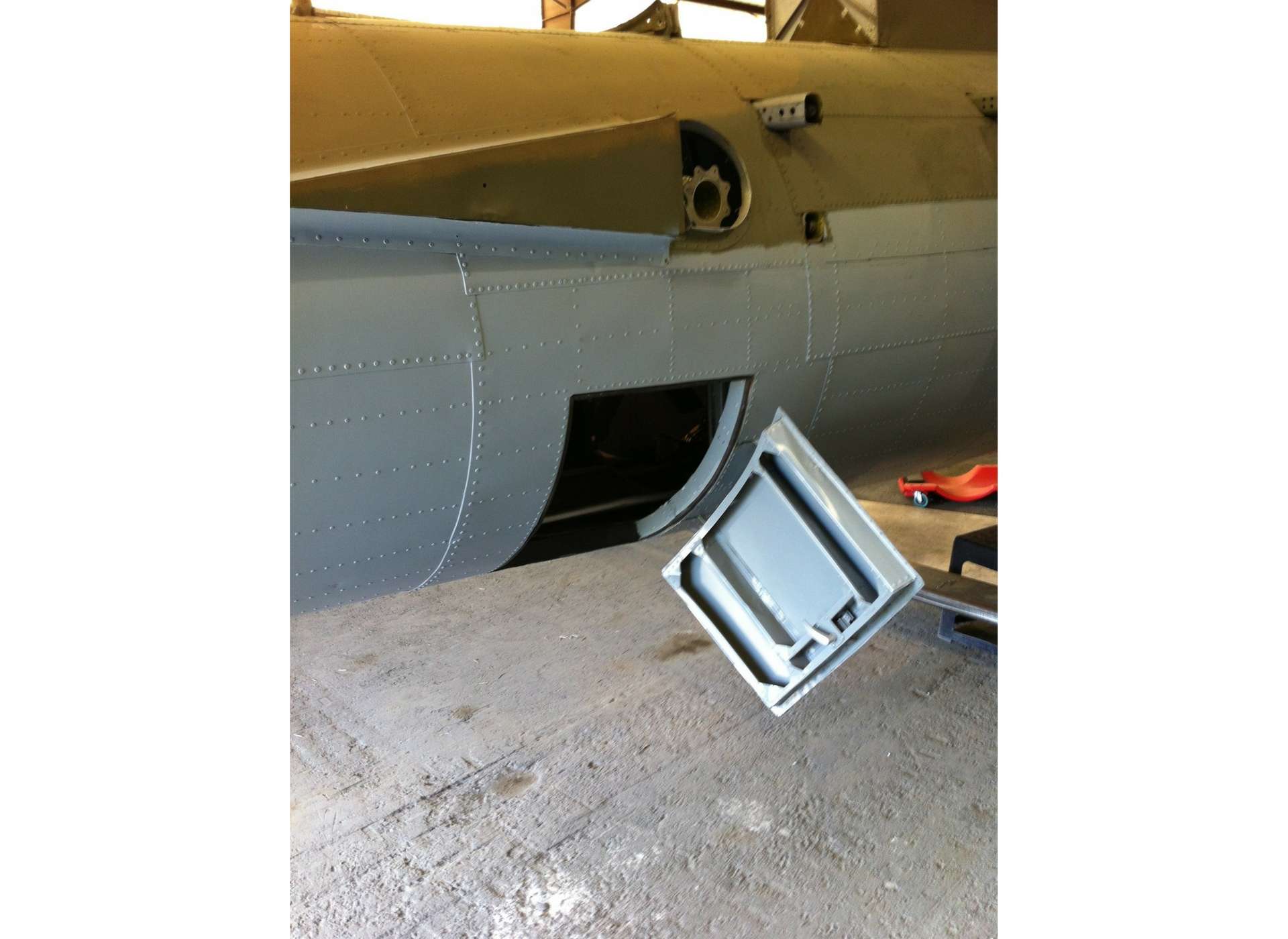
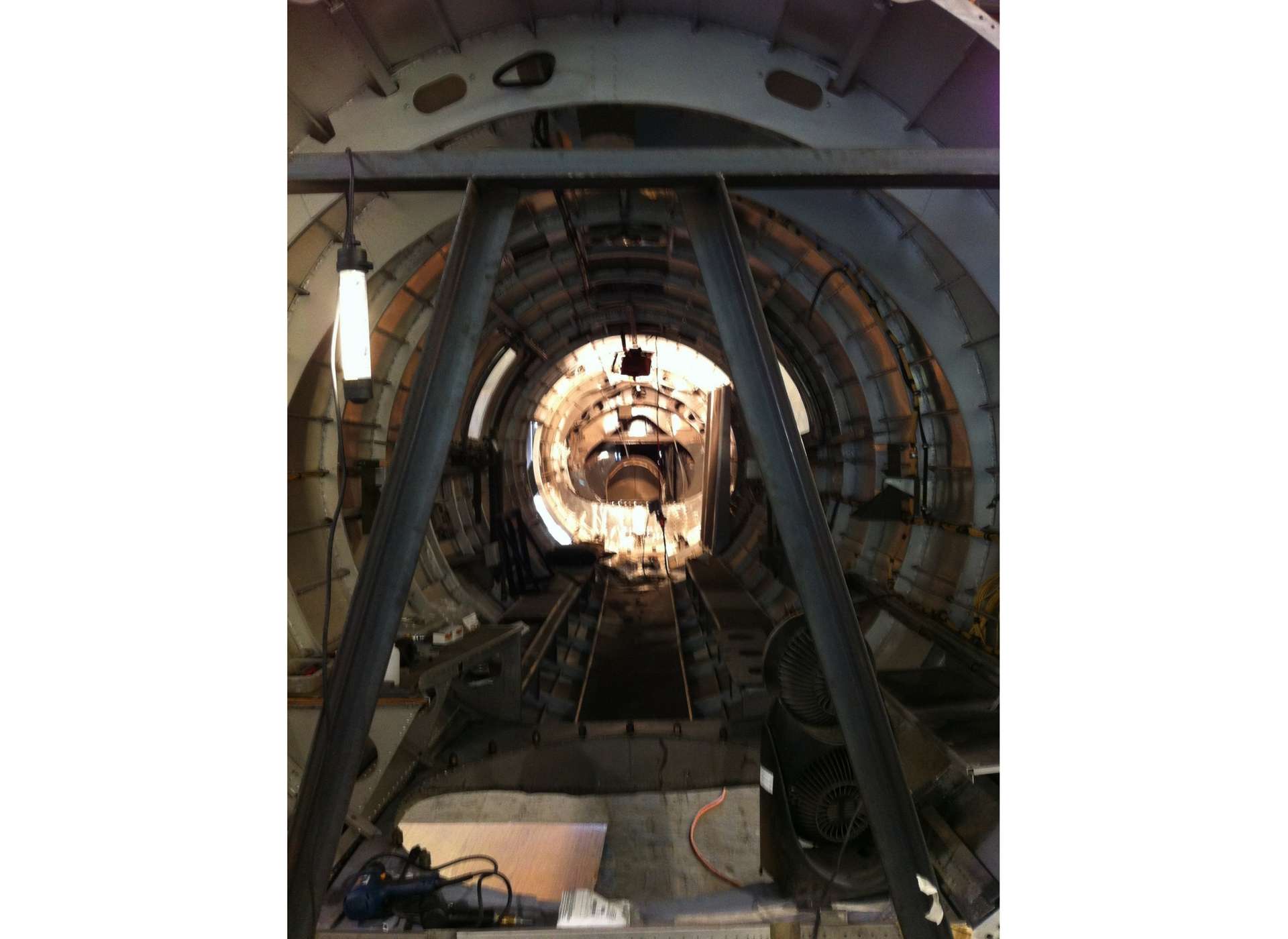
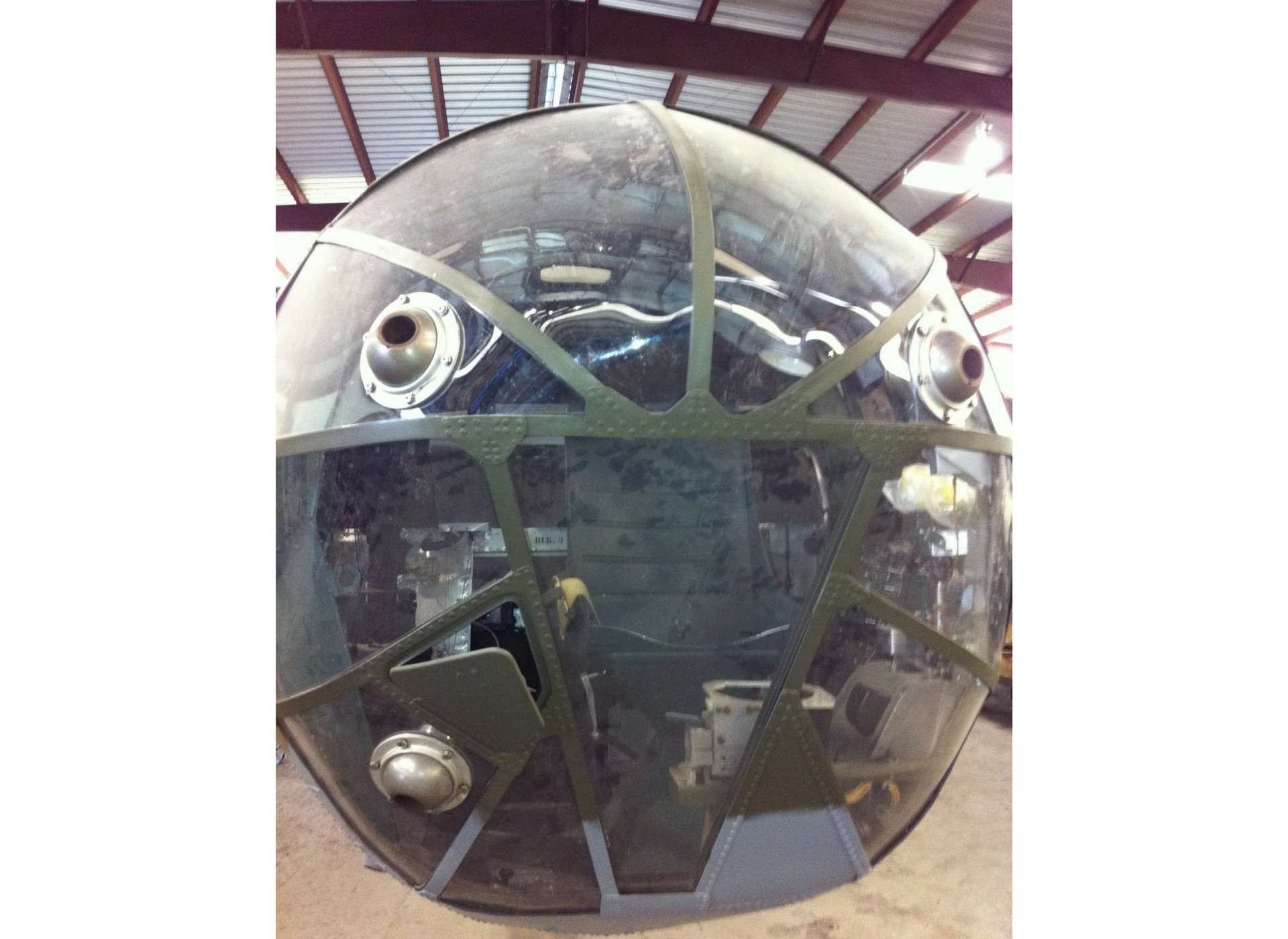
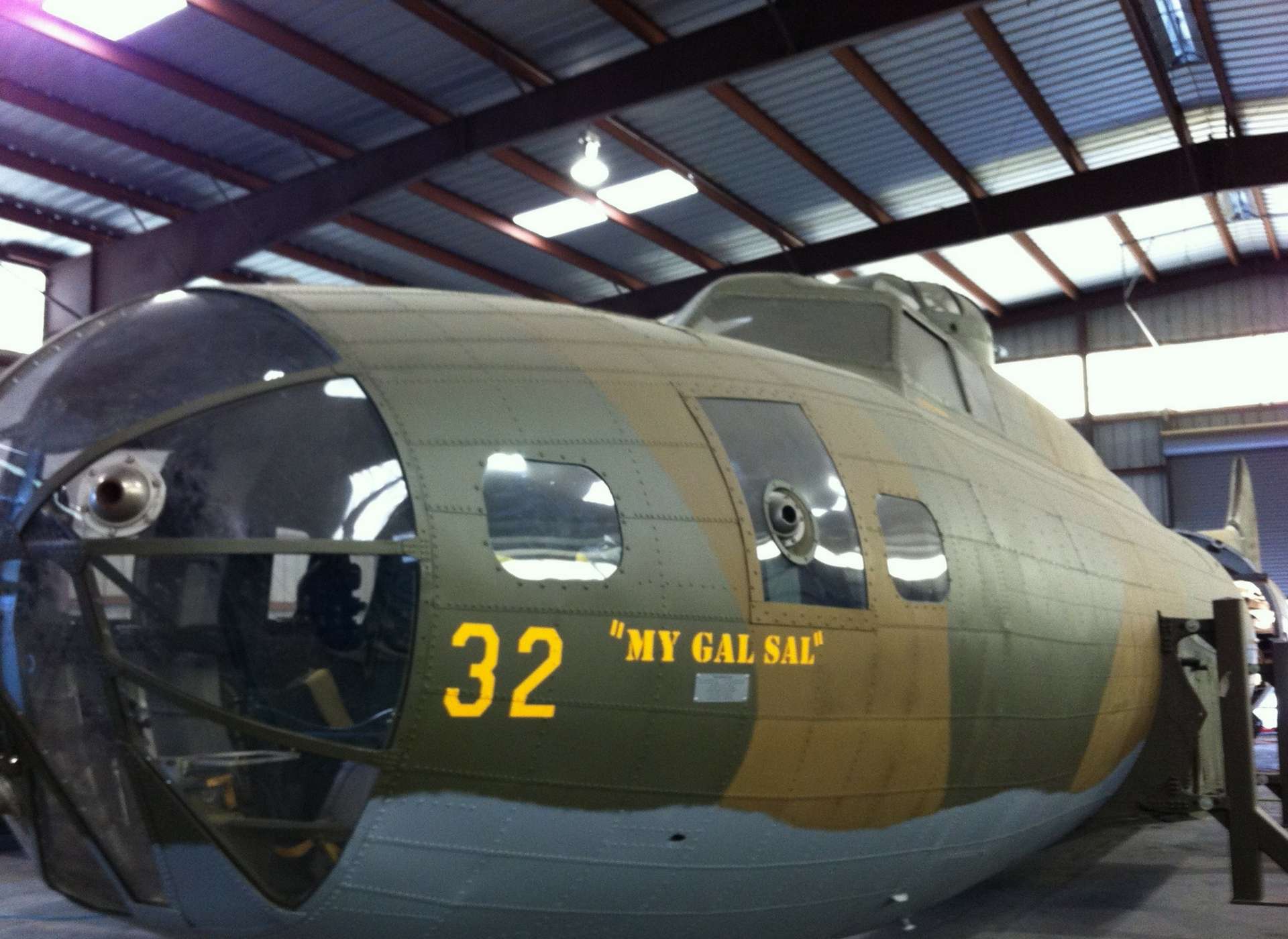


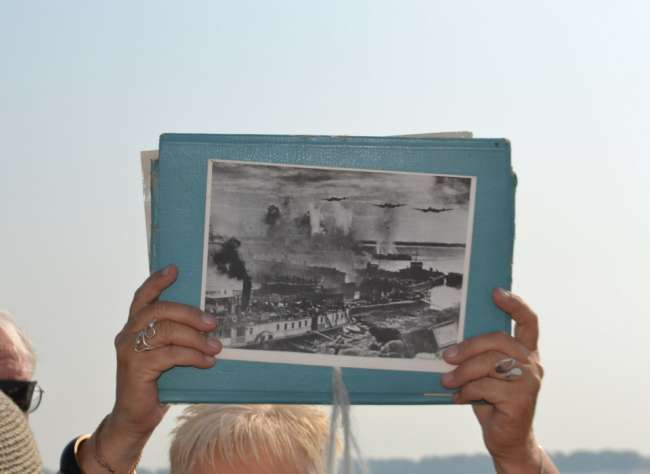
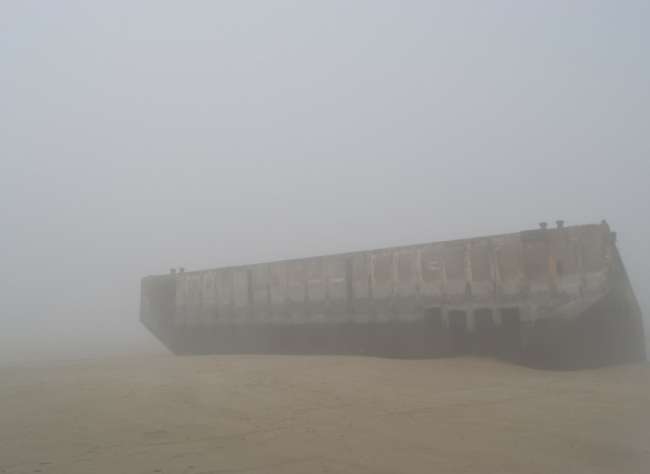



![Max Fuchs, New York City cantor, sings as Rabbi Sydney [sic] Lefkowitz, Richmond, VA, conducts the first Jewish services from Germany.](/sites/default/files/styles/max_650x650/public/2025-10/image1.jpg)



